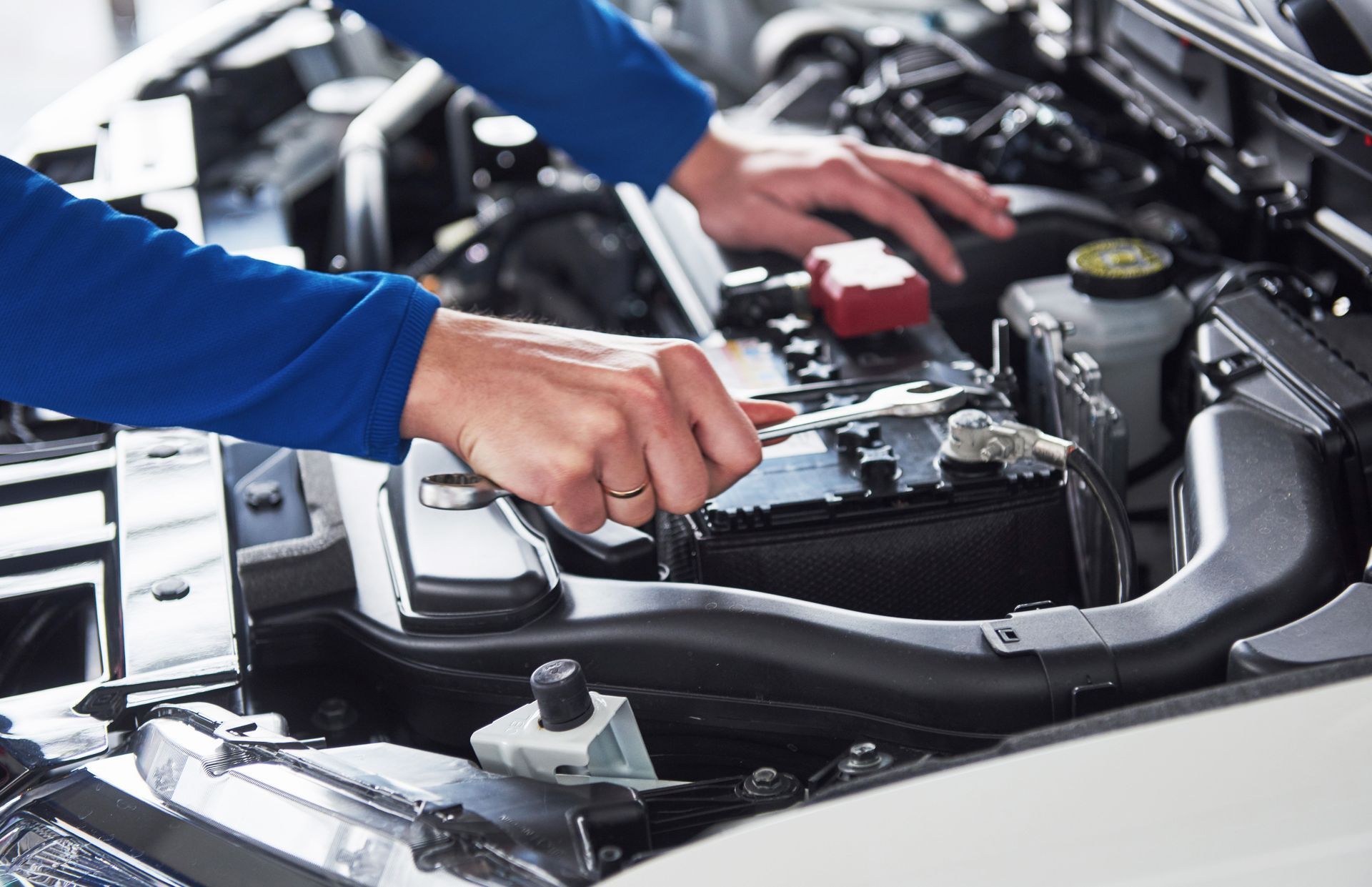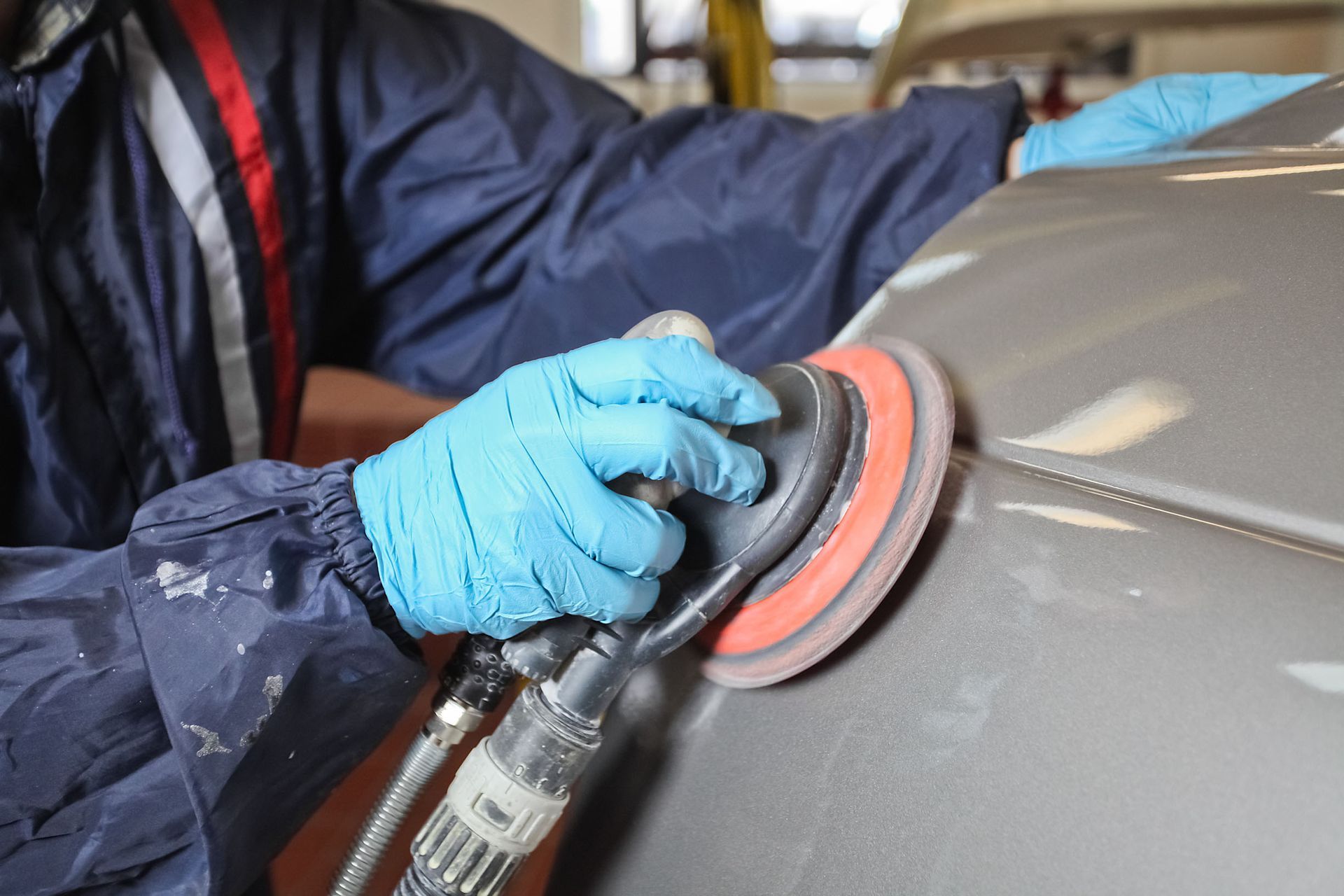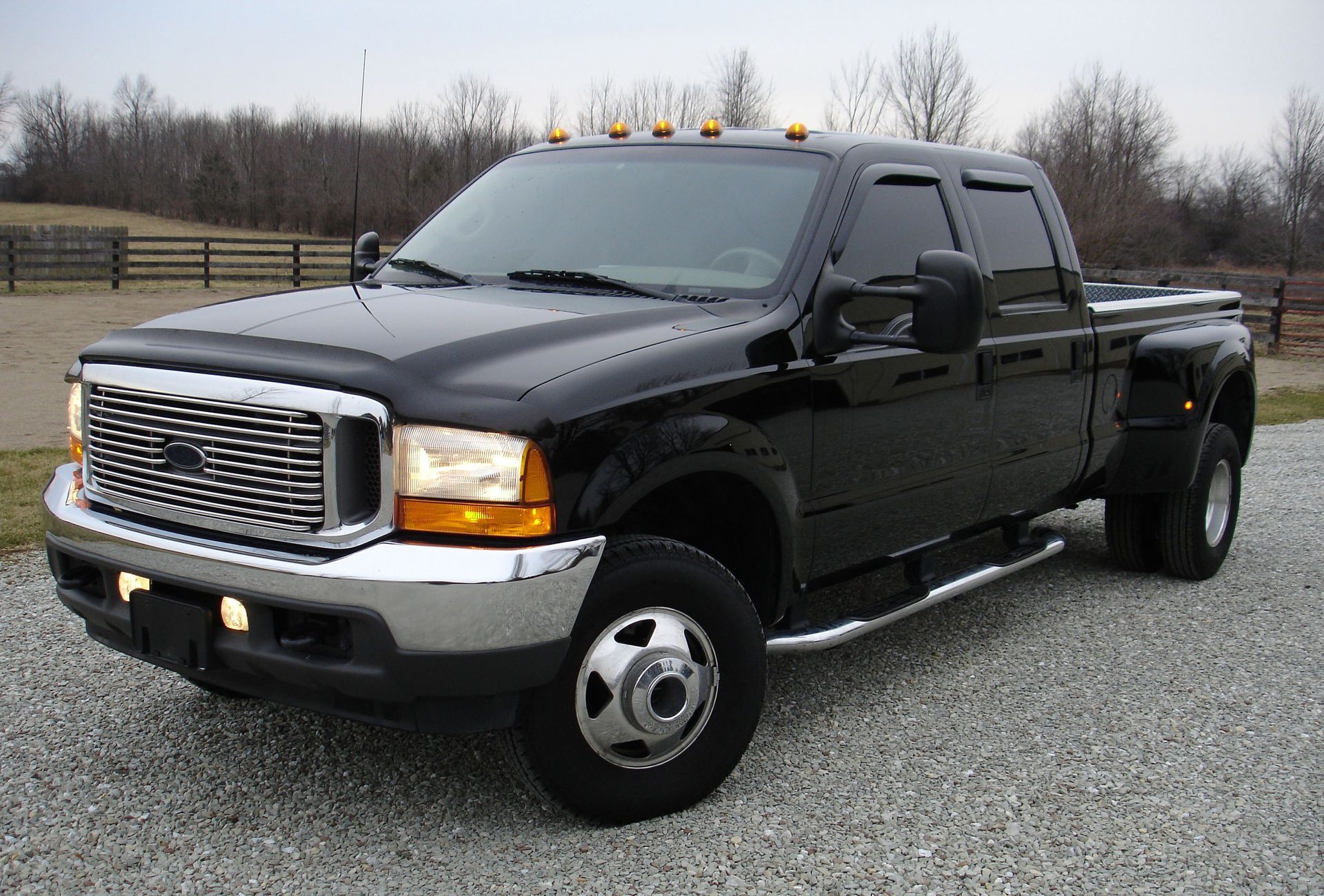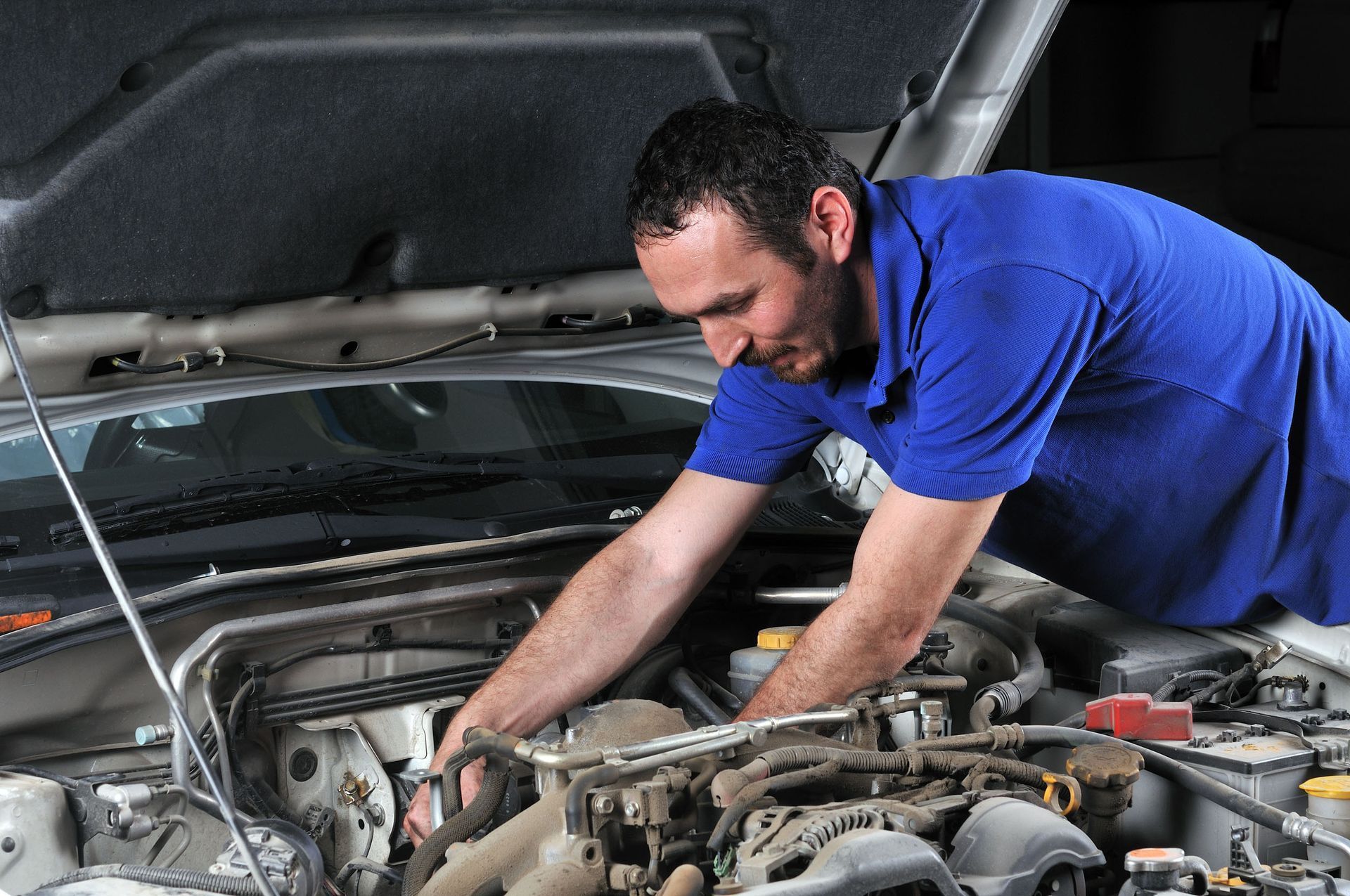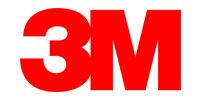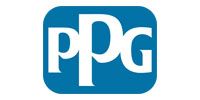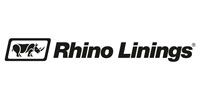November 3, 2025
Are you looking for comprehensive auto body repairs? The right repair shop can encompass a wide range of tasks necessary to restore vehicles to their optimal condition after damage. Skilled mechanics are capable of performing various repairs, each designed to address specific aspects of vehicle damage. Let's explore the most common auto body repairs that mechanics efficiently execute, providing insight into the methods and importance of each.
1. Dent Repair
Dent repair is a frequent necessity for maintaining the aesthetic appearance of vehicles. Minor accidents, parking lot mishaps, and even inclement weather can lead to dents. Paintless dent repair has emerged as a popular and non-invasive technique that involves massaging the underlying panel back to its original form without affecting the paint. Tools like specialized rods are meticulously used in paintless dent repair to restore the surface, preserving the car's original factory finish. Traditional methods often involve filling and repainting, which might be essential for larger dents.
The environmental benefits of paintless dent repair are noteworthy. As paintless dent repair doesn't require paint or fillers, it is an environmentally friendly repair that reduces the emission of volatile organic compounds. Mechanics skilled in both paintless dent repair and traditional repair provide the best outcomes by choosing methods based on the specific dent characteristics. Assessing the extent of the damage is crucial; even minor dents need careful consideration to ensure proper repair. The correct choice between paintless dent repair and traditional repair techniques can significantly affect the car's appearance and value.
Mechanics use a variety of tools and equipment for dent repair, evolving with technology to increase efficiency and quality. Paintless dent repair tools are designed for precision, including leverage tools and glue pulling techniques. The availability of advanced equipment and skilled professionals has made professional dent repair accessible and effective. The benefits of opting for professional auto body repairs include enhanced resale value and prolonged vehicle life. Professionals also ensure that repairs are seamless and maintain the integrity of the car’s body.
2. Scratch and Paint Repair
Scratches on a vehicle’s surface can vary in depth and severity, from clear coat marks to deep cuts into the metal. Removing scratches and restoring paint is crucial for protecting the car’s surface from corrosion. Different types of scratches, such as swirl marks and key cuts, have varying impacts on the vehicle’s exterior aesthetics and durability. Analyzing the type of scratch is essential, as shallow scratches can sometimes be buffed out or polished. Deeper scratches may require more extensive work, including repainting or sanding to restore the original finish.
Paint matching is an intricate process crucial for restoring a vehicle's aesthetic following a scratch. A trained mechanic will meticulously choose the appropriate fast-drying techniques and finishes that will blend seamlessly with the existing paint. Techniques for matching paint colors have advanced significantly, leveraging digital tools to ensure high precision. According to Amica Insurance, around 1.7 million rear-end collisions take place in the U.S. each year, often necessitating scratch and paint repairs. Consequently, understanding the nuances of paint matching can make a significant difference in the repair’s success.
Clear coat restoration involves protecting the vehicle’s surface after scratch repair. The clear coat acts as a barrier against environmental factors, keeping the color underneath vivid and protected. Advanced paint repair solutions are available for addressing minor damages, providing a quick, cost-effective solution for superficial blemishes. The use of high-quality materials ensures that repairs are durable and less susceptible to future damage. Vehicle owners are advised to consider professional services to achieve optimal results and maintain vehicle aesthetics.
3. Bumper Repair
Bumper damage is common, especially given that bumpers often absorb the impact during collisions. The severity of bumper damage varies from simple scratches to significant dents and cracks, necessitating different tactics for auto body repairs. Some bumper damage is superficial, affecting only the outer plastic shell, while others might compromise the underlying structure. Mechanics assess whether a complete replacement or a more economical repair is required. Different types of bumpers, such as plastic or fiberglass, have distinct vulnerabilities and repair requirements.
Materials used in bumper repair influence the repair process. Most modern bumpers are made from flexible plastic, allowing a certain degree of reshaping and repair. When feasible, professional mechanics use materials like resins to repair rather than replace, offering a more cost-effective solution. Fast-cure techniques are often employed to ensure efficient repairs without compromising quality. These techniques are particularly valuable in reducing vehicle downtime and restoring the bumper quickly.
Safety is a major consideration in addressing bumper damage since the integrity of a bumper affects safety during subsequent collisions. Mechanics must evaluate whether the damage has impacted the bumper’s energy absorption capacity, a critical safety feature. Bumpers serve as the first line of defense in absorbing collision energy, safeguarding passengers and vehicle components. Therefore, ensuring that bumpers are correctly repaired or replaced following damage is crucial. Vehicle owners are often advised to prioritize quality over cost in auto body repairs to maintain vehicle safety.
4. Frame Straightening
The frame of a vehicle is the backbone that ensures overall stability and safety. Frame damage can misalign panels and influence vehicle handling. Identifying frame damage requires professional assessment, as it might not always be visible. Technicians often employ computer-aided tools that detect structural shifts and any deformities. Regular checks for frame alignment are recommended, especially after accidents, to ensure long-term vehicle safety.
Frame straightening involves using specialized tools and technologies to realign the vehicle’s structure to factory specifications. Hydraulic machines and laser measuring systems are among the tools employed in this process. Skilled mechanics understand the importance of returning the vehicle to its precise original measurements. The structural integrity post-repair is paramount to ensure the vehicle performs safely. Vehicle owners must prioritize these kinds of auto body repairs, as an unsafe frame can compromise both safety and vehicle dynamics substantially.
The cost of frame straightening can vary based on the extent of damage and the complexity of the realignment required. However, investing in frame straightening is crucial for maintaining safety and performance standards. Competitive pricing and technological advancements have made frame straightening accessible to many vehicle owners. Owners must weigh immediate repair costs against potential future safety risks. Selecting a reputable mechanic ensures quality repairs and ongoing vehicle integrity.
5. Glass Repair and Replacement
Glass damage is common in vehicles and can result from various factors, including road debris or accidents. Identifying the type and extent of damage is critical to plan suitable repairs. Minor glass damage, such as small chips or cracks, can often be repaired using techniques like resin filling. Prompt repair prevents minor chips from spreading and requiring more significant attention. Thorough assessments help in determining whether repair or replacement is the best course of action.
Advanced repair technologies have improved the ability to restore glass integrity effectively. Methods like resin injection have made temporary repairs more robust, enhancing visibility and safety. Larger damaged areas may necessitate complete glass replacement to ensure optimal safety and performance. Professionals equipped with modern tools can handle complex installations efficiently, ensuring structural integrity. Vehicle owners are encouraged to seek regular assessments to protect their glass from further damage.
Preventive measures can also extend the lifespan of vehicle glass, including protective coatings and cautious driving practices. These measures reduce the likelihood of scratches and chips that compromise glass clarity and durability. Given the technological advancements in glass repair, more vehicle owners opt for professional interventions to avoid costly replacements. Prolonging windshield health through preventative strategies can be more cost-effective than frequent repairs. Owners benefit significantly from understanding and employing glass maintenance strategies.
Auto body repairs are critical for maintaining the aesthetic and functional integrity of vehicles. Through skilled techniques and advanced technologies, the mechanics at Somerset Collision can effectively address various forms of damage. Reach out to us today to get started with a free estimate!
